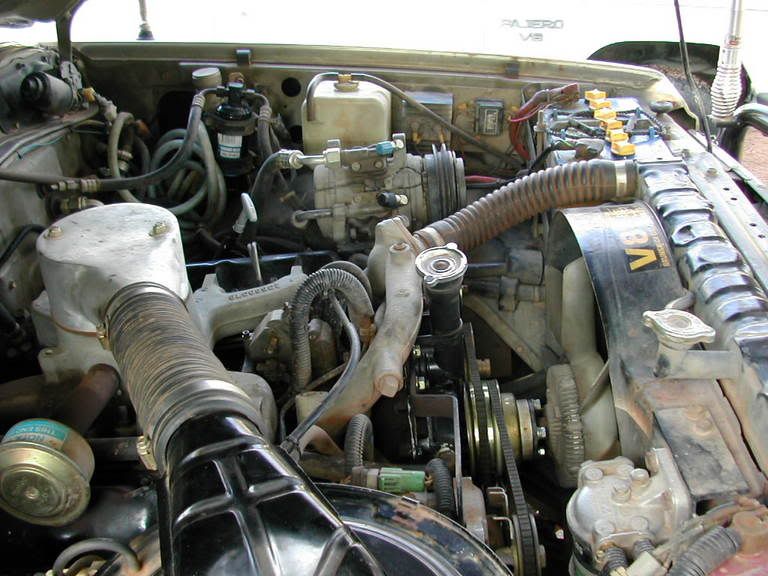I did my GM V8 Dsl conv back in 1998 and have never been happy with the ancilliaries brackets (PS, Alt, A/C, etc). I kept all the Toyota stuff rather than use GM equipment and made my own bracketry (rather hurriedly
It's time to do something about it and I'm interested in how others have manufactured brackets, and where everything is situated in the engine bay.
I intend fitting the following belt-driven items:
-Power Steer Pump
-A/C Pump
-Alternator / Vac pump
-Optional 2nd Alternator (modded for welding ?)
-Optional A/C pump style compressor.
I may run a separate vac pump - possibly off the oil pump drive in the valley - then I can use a shorter alternator, , but this seems an expensive and untidy option.
I can probably run the compressor and 2nd alt off one of the other items on a bouble-vee pulley, rather than run the belt directly off the crank or waterpump pulley. Keeps the belts shorter and seems a lot easier to design.
My engine currently runs the US military 4V pulleys (10mm) and I want to go to man-sized 13mm pulleys. Anyone here running 4V 13mm pulleys or are they all 3V ?
The task is more involved than you would expect at first glance as you need to:
-access the ancilliaries for servicing,
-access bolts holding brackets to engine,
-allow room for hoses,
-allow sufficient belt wrap to prevent slippage,
-allow for belt adjustment and replacement, and
-keep belts as short as possible.
Any other assistance in getting this sorted properly is appreciated, and there's no such thing a dumb idea.
